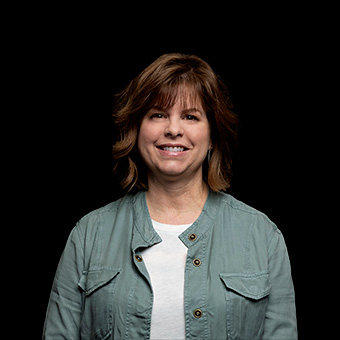Team
IDM is an environment where everyone contributes something important—and where anyone can do something amazing. We measure success in terms of relationships, and we work to build connections that last.
History
As product development evolves, so does our perspective.
Product As Commodity
1800sProduct As Craft
1900 – 1930sProduct As Style
1930s – 1980
Product As Ideology
1930s – 1980Product As Differentiator
1980 – 1990Product As Brand
1984 – 1999
Product As Experience
1999 – 2006
Product As Opportunity
2007 – 2010
Product As Business Driver
2010 – 2019
Product As Relationship
Today and Beyond
FAQ
What is IDM?
IDM is a new approach to product development. By combining strategy, industrial design/engineering, and manufacturing under one roof—informed by decades of knowledge, experience, and leadership—we can offer decision-makers something they can’t get through conventional means: a partner with a shared interest in creating impact from the income statement to the balance sheet.
Working with IDM, executives can create new revenue streams, add value that drives sales price, reduce bill-of-materials expenses and CoGS, increase margins through efficiencies in manufacturing, cut time-to-market, and deliver experiences that engage users like never before.
Is IDM a contract manufacturer?
No. IDM clients want a strategic partner to help them navigate the entire product development lifecycle — from business strategy and ideation through manufacturing and supply chain management.
Unlike contract manufacturers whose business interests are often at odds with those of their customers, only IDM contributes to a product’s success by inventing the right opportunity, designing with manufacturing in mind, and then making the product in-house. This allows IDM to build a quality product at a cost low enough for the customer to maximize their gross margin.
Does IDM offer industrial design?
There are no a la carte services at IDM. We engage with clients through every phase of product development from financial modeling to design and engineering all the way through to production and distribution.
Does IDM make prototypes?
While we do produce prototypes in-house as part of our integrated approach, IDM is not a prototyping shop. Instead, we use models, simulations, mockups, and other tools to answer questions, evaluate options, test solutions, and provide real-time insights throughout the development process.
What is integrated manufacturing, and why is it important?
Until recently, there’s been a huge chasm in product development between design/engineering and manufacturing. Business leaders have thrown tons of resources into that black hole, only to find their products couldn’t be produced as designed without major compromises to quality or untenable cost updates.
How did this happen? There are lots of contributing factors. Inexperienced designers with no understanding of engineering or manufacturing. Engineers making arbitrary decisions with little regard for the product strategy or the user experience. Manufacturers that are interested only in their margins. The process is chaotic and contentious by nature. Add in personalities, agendas, and distractions and it’s easy for organizations to lose sight of their goals.
Only strong leadership and a holistic approach can close these gaps and ensure the strategic vision is realized in the final product. IDM is built to do that. We bring disciplines together, embrace conflict, and advocate for the right solution—not simply the expedient one.
Does IDM develop software?
Our clients see IDM as stewards of their brand promise and of the product experience. That means not only designing a physical product—but also designing the interactions that happen between the user and that interface. It’s all connected, so we do whatever it takes to deliver a simple, engaging, integrated experience.
Does IDM contract with independent manufacturers?
No. We make what we design, and we design what we make. It’s the best way to maintain the product’s integrity, and it makes IDM an accountable partner with a real stake in the product’s success.
Is IDM Tech ISO 9001:2015 compliant?
Yes. IDM Tech is ISO 9001:2015 certified. We have documented our standards and consistently meet them. This allows us to put processes in place that are scalable, while also making adjustments when it is beneficial. ISO 9001:2015 certification means that IDM Tech clients are assured we do what we say we are going to do.
How do clients engage with IDM?
Leaders turn to IDM at the point where innovation becomes essential to their business models. They trust our insight and experience to help create new market opportunities, new revenue streams, and even cultural shifts within their organizations. When a prospective client approaches us with a concept, a design, or a set of engineering drawings, we take a step back and evaluate those elements against their strategy and goals. Sometimes, it means making a collective decision to reset with a renewed sense of purpose, focus, and direction.
How does IDM work with in-house product teams?
IDM provides perspective, expertise, and leadership that aligns internal stakeholders around a shared vision. We challenge rote thinking and traditional processes. We refuse to take “No” for an answer. Instead, we empower team members to explore alternative solutions and present options in the context of their impact on the product or the user experience. In doing so, we put decision-making power back in the hands of leadership—where it belongs. We expect and model a results-oriented, customer-focused, dynamic, fast-paced, and sometimes messy environment—but also one in which people are valued for their skills and contributions. In short, we act as an internal resource fully committed to the product experience.
Does IDM engage with strategic partners?
IDM is a small, nimble, and generalist organization by design. We believe in assembling the best possible teams of people to take on each unique challenge. So, we work closely with a number of resources in several disciplines—from research and ID to testing and tooling. This allows us to work where our clients need us most—focused on the big picture, navigating the process, managing the day-to-day, and delivering a meaningful product that reflects their strategy and vision.
Awards & Patents
We share the credit with everyone involved.

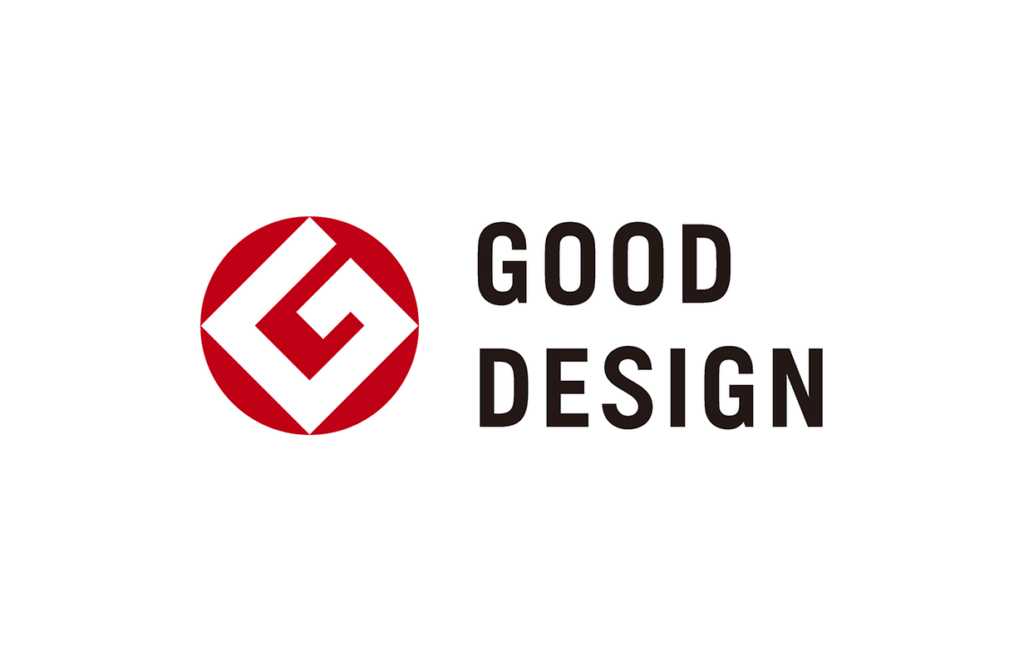

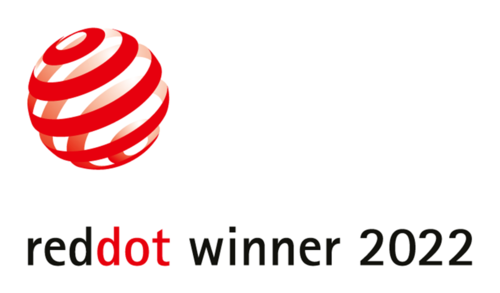
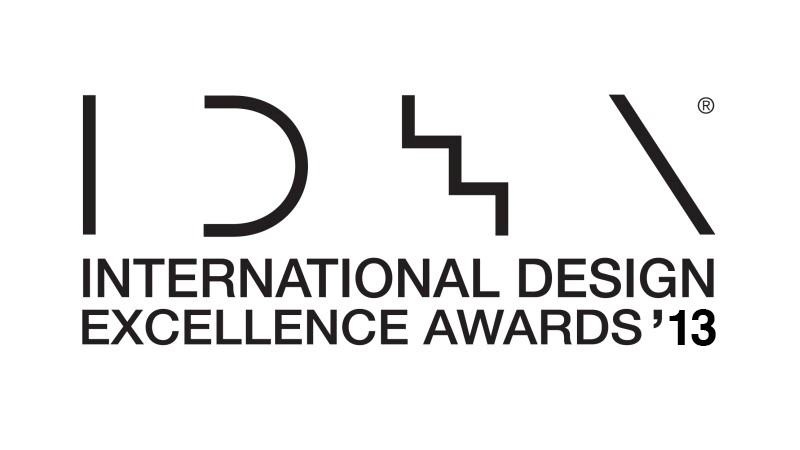
| – | Red Dot Award: Biamp Room DSP |
| – | Red Dot Award: Biamp Desono EX Series |
| – | Red Dot Award: Biamp Vidi 250 |
| – | Red Dot Award: Biamp NPX Paging Station Series |
| – | Good Design Award: Biamp Desono P6-SM Pendant Speaker |
| – | Good Design Award: Biamp Parlé TTM-TCM Microphones |
| – | Red Dot Award High Design Quality: Biamp Parlé TTM/TCM |
| – | Design Award: AMX X Series Panoramic Touch Panels |
| – | Dallas Society of Visual Communications (DSVC) Award of Excellence: Ignition Logo |
| – | Excellence in Design Award: iPod Alarm Clock (Gold EID Award) |
| – | Excellence in Design Award: RadioShack Vex Robotics Design System (Silver EID Award) |
| – | Good Buzz Award: RadioShack at CES for its Cinego Projector |
| – | International CES Award: RadioShack Cinego |
| – | Excellence in Design Award: Authentix SRX-1000 Surface Reader (First Place) |
| – | Innovations International CES Design & Engineering Showcase Award: Plus Vision Corp v3-131 Digital Projector |
| – | Excellence in Design: Products Authentix ISOTAG LSX 1000 Gas Reader (Runner Up) |
| – | International CES Award: Piano HE-3100 |
| – | Dallas Chapter Summit Award: Douglas Laube (President, CEO), ISDA, CMG |
| – | Design of the Decade: LeapFrog Phonics Desk and Phonics Traveler (Silver Award) |
| – | D325,909 | Combined mobile cellular |
| – | D376,591 | Front panel for an electronic chassis |
| – | D390,138 | Inventory control probe |
| – | D390,111 | Inventory control collar |
| – | 5798485 | Cabinet for housing electronic equip |
| – | 6125287 | Wireless telephone having an improved user interface |
| – | D413,883 | Telephone |
| – | D402,981 | Telephone |
| – | D402,980 | Telephone |
| – | D404,381 | Upright touch screen terminal |
| – | D416,002 | Enclosure for Electronic components |
| – | D409,164 | Enclosure for Electronic components |
| – | 5997500 | Pneumatically operated veterinary pillet implanter |
| – | 6119864 | Storage device to accommodate batteries of varying sizes |
| – | D430,865 | Telecommunication equipment pedestal |
| – | 6321802 | Ice and Beverage Dispensing Apparatus |
| – | D436,101 | Telecommunication equipment pedestal |
| – | D446,207 | Wall-mounted home network unit |
| – | 6560106 | Control panel assembly |
| – | 6748458 | Modular input/output expsion system for an exteral computer |
| – | 6675720 | Management system for multiple cables |
| – | D510,384 | Payment device |
| – | D497,911 | Reader for payment device |
| – | D488,156 | Reader for payment device |
| – | D487,894 | Reader for payment device |
| – | D497,636 | Payment device |
| – | D497,278 | Coffeemaker |
| – | D481,902 | Coffeemaker |
| – | D491,590 | Surface viewer |
| – | D501,493 | Surface reader |
| – | D503,353 | Gas reader |
| – | D494,182 | Tiltable Support for Touch Screen Controller |
| – | D494,176 | Tabletop mountable touch screen controller |
| – | D505,676 | Portable touch screen controller |
| – | D516,810 | Packaging for radio-controlled toy |
| – | D503,439 | Radio frequency toy controller |
| – | D530,670 | Connector assembly |
| – | D685,332 | Cable pass thru module |
| – | D664,513 | Wall display |
| – | D661,671 | Table display |
| – | D661,266 | Table display |
| – | D656,473 | Wall display |
| – | 9310833 | Display device housing and form-fitted configuration |
| – | 9280175 | Display device housing and form-fitted configuration |
| – | 9923312 | Retractable cable and cable rewind |
| – | 9309087 | Retractable cable and cable rewind |
| – | 9629264 | Display device housing and form-fitted configuration |
| – | 9529382 | Display device housing and form-fitted configuration |
| – | 9425563 | Retractable cable and cable rewind |
| – | 9553413 | Retractable cable and cable rewind |
| – | 9836081 | Display device housing and form-fitted configuration |
| – | 9680262 | Retractable cable and cable rewind |
Services

- Business Case
- Feasibility
- Pricing
- Strategy
- Research

- Industrial Design
- Systems Engineering
- Prototyping
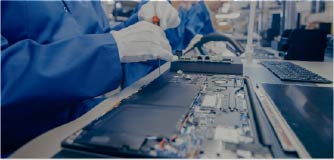
- ISO 9001:2015 (Manufacturing)
- Electromechanical Assembly
- Process Design
- Manufacturing Engineering
- Material Sourcing
- Inventory Management
- Fulfillment
- Manufacturing Capabilities



